What are fibroids?
Fibroids in the uterus are the most common benign tumor which mainly affect women between the ages of 35 and 50, as they are hormone-dependent in their growth. A genetic predisposition and hormonal stimulation are currently suspected to be the causes of fibroids. The benign tumors may not be dangerous, but they can have a severely detrimental effect on the quality of a woman's life.
Fibroids may be extremely small, but they can also grow to the size of a honeydew melon. A number of fibroids often develop at the same time.
The following are forms of fibroids:
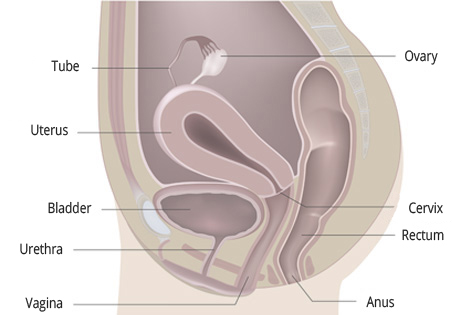
- "Intramural
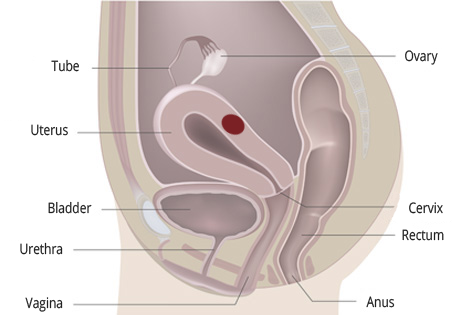 " – if they grow within the uterine muscle layer
" – if they grow within the uterine muscle layer - "Subserosal
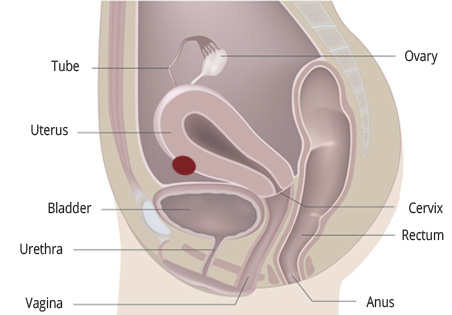 " – if they grow
" – if they grow
on the outside of the uterus under the outer uterine skin (serosa) - "Submucosal
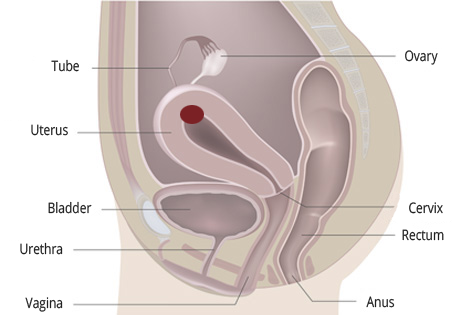 " – if they grow directly under the uterine mucosa
" – if they grow directly under the uterine mucosa - "Intracavitary
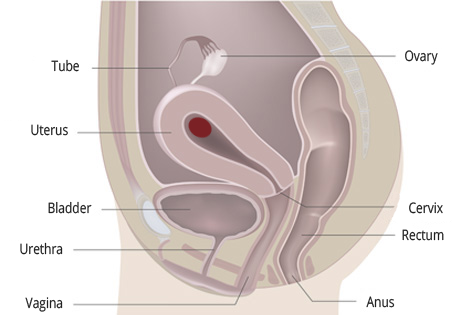 " – if they grow
" – if they grow
into the cavity of the uterus
- "Pedunculated fibroid
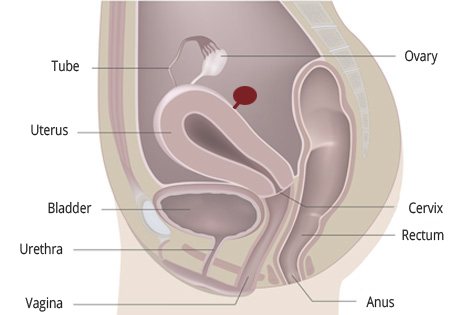 " – if they grow on a stalk outside of the uterine wall
" – if they grow on a stalk outside of the uterine wall
Around 20-40% of all women of childbearing age have fibroids – they are often undetected. Only around 1 in 3 of those affected have symptoms such as:
- Heavy and prolonged uterine bleeding
- Pressure on the urinary bladder with the frequent urge to urinate
- Pelvic, leg or back pain
- Pain during sexual intercourse
- Involuntary childlessness or even miscarriages
These symptoms occur if the fibroid presses against adjacent organs or nerve endings as a result of its growth and impairs their function.
Fibroid treatment should only be initiated if these symptoms occur.

